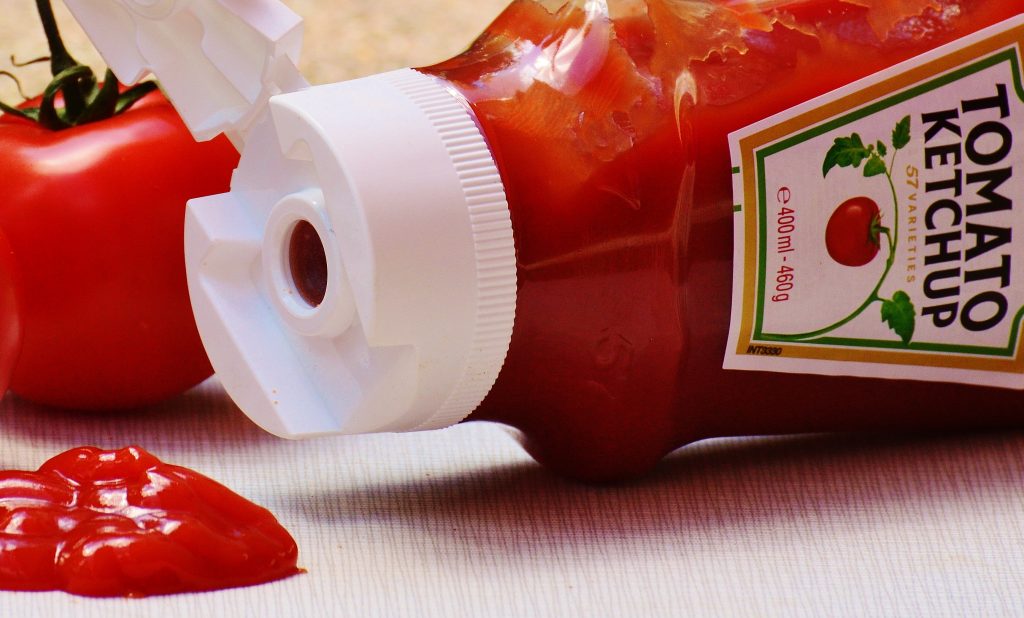A team of U.S. Department of Agriculture scientists stationed at the Western Regional Research Center in Albany, California studied the lycopene content of 13 commercially available brands of catsup – six major national brands, three organic brands, two store brands, and two brands sold in fast food restaurants and/or vending machines (Ishida and Chapman, 2004).
They measured the micrograms of trans-lycopene per gram of catsup. The average level in the organic brands was by far the highest – 174.2 micrograms per gram of catsup. The major national brands averaged 110.7 micrograms per gram, the store brands 112.3, and the fast food/vending brands, 102.5.
The average level in the organic brands was 57 percent higher than the national brands and 55 percent higher than the store brands.
The USDA scientists also measured total antioxidant capacity using the TEAC assay (Trolox Equivalent Antioxidant Capacity; for more details on this and other methods to measure total antioxidant capacity in foods see Antioxidants. One of the organic catsups had the highest level – 350 TEAC units — about double the level in the fast food/vending brands and about two-thirds higher than the major national brands.
The authors note that catsup is a major form of tomato consumption in the U.S. and offer an interesting observation:
“Tomato catsup is an excellent source of lycopene, carotenoids, and antioxidant compounds. A good estimate of lycopene content can be made by the dark red appearance of the product. The organic brands had a much deeper red color than the other brands examined.”
Authors: Betty K. Ishida and Mary H. Chapman.
Journal of Agricultural and Food Chemistry, Volume 52, Number 26, December 29, 2004.

